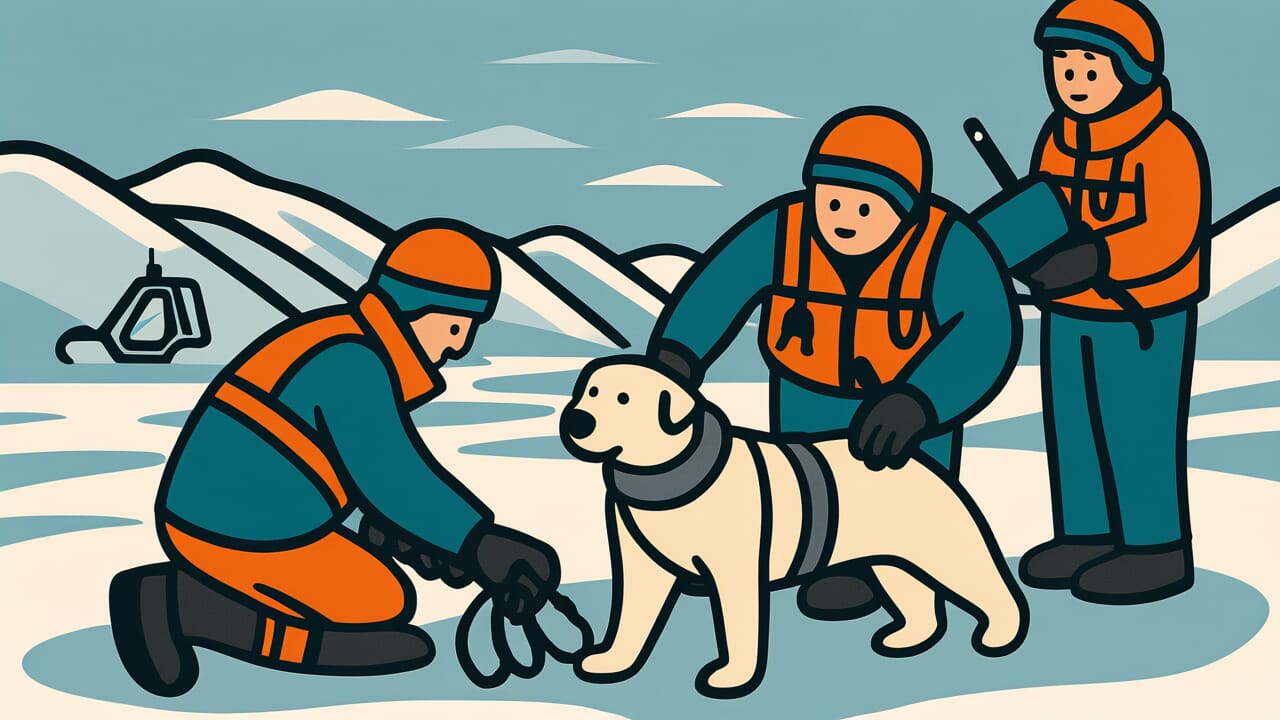[Disclaimer] This article is reconstructed based on information from external sources. Please verify the original source before referring to this content.
News Summary
The following content was published online. A translated summary is presented below. See the source for details.
The Government of Canada, under Prime Minister Mark Carney, has announced a significant investment of $1,361,900 to enhance Arctic ground search and rescue (SAR) capabilities. The funding, provided through the Search and Rescue New Initiatives Fund (SAR NIF), will support a three-year project led by St. Francis Xavier University. This initiative aims to address critical challenges in Arctic SAR operations by focusing on research and collaboration with government and community responders in Nunavut and Nunavik. The project seeks to improve prevention, preparedness, and response capabilities in Canada’s vast and challenging Arctic regions. This investment comes as part of ongoing efforts to modernize and upgrade SAR assets and capabilities, particularly in remote and northern areas where extreme weather conditions and limited infrastructure pose unique challenges. The funding reflects the government’s commitment to ensuring safety and effective emergency response in Canada’s Arctic territories, aligning with broader initiatives to develop Arctic infrastructure and strengthen national sovereignty in the region.
Source: Canada Government News
Our Commentary
Background and Context

Canada’s Arctic regions present unique challenges for search and rescue operations due to their vast, remote landscapes and extreme weather conditions. The Arctic infrastructure deficit has long been a concern, affecting various aspects of life and safety in northern communities. Prime Minister Mark Carney’s government, which took office in March 2025, has continued the focus on improving Arctic capabilities, including SAR operations, as part of a broader strategy to enhance Canada’s northern presence and security.
Expert Analysis
The $1.36 million investment in Arctic ground SAR improvements represents a targeted approach to addressing specific challenges in northern emergency response. This funding, while significant for the project it supports, is part of a larger ongoing effort to modernize Canada’s SAR capabilities, particularly in the Arctic.
Key points:
- The project’s focus on collaboration with local communities acknowledges the importance of indigenous knowledge and expertise in Arctic SAR operations.
- Improving SAR capabilities aligns with broader Arctic infrastructure development goals, including transportation and communication improvements.
- The investment reflects a continued commitment to Arctic sovereignty and safety, building on previous governments’ initiatives.
Additional Data and Fact Reinforcement
Recent developments in Arctic infrastructure and SAR capabilities provide context for this investment:
- Canada plans to establish at least two permanent Arctic bases by 2035, enhancing military presence and SAR capabilities.
- A $38.6 billion NORAD modernization plan includes improvements to Arctic surveillance and response systems.
- 42% of Canadians consider Arctic infrastructure development a national priority.
Related News
This SAR funding announcement comes amid ongoing efforts to address climate change impacts in the Arctic, including permafrost thaw and coastal erosion, which complicate infrastructure development and emergency response. Additionally, the Canadian Armed Forces are progressing with the acquisition of new CC-295 Kingfisher aircraft to enhance SAR capabilities through at least 2042.
Summary

The $1.36 million investment in Arctic ground SAR improvements underscores Canada’s commitment to enhancing safety and emergency response capabilities in its northern territories. While this specific project focuses on research and collaboration, it is part of a broader strategy to address the unique challenges of Arctic SAR operations and infrastructure development. As climate change continues to impact the region, such investments will likely remain crucial for maintaining Canada’s Arctic presence and ensuring the safety of northern communities.


